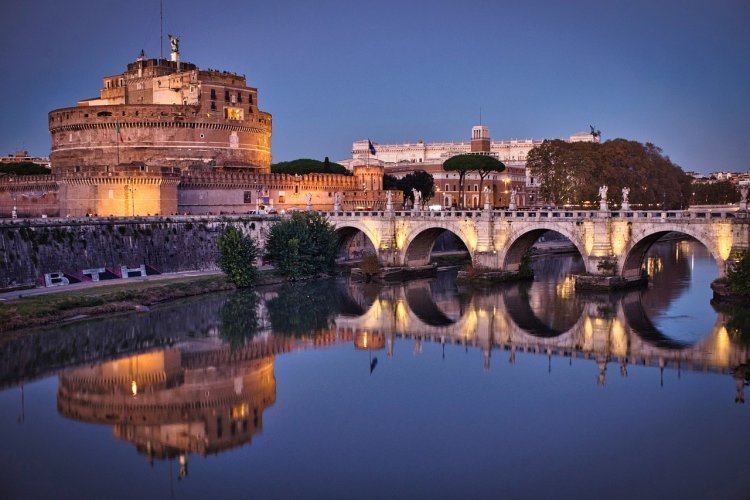Rome's 6 Iconic Monuments: Which to visit?

1. The Colosseum
This is Rome's Colosseum—the one with over 80 entrances for 50,000 people. It was used for gladiatorial games and the watching of animal fighting many times during the AD years 70-80. The stone and concrete building comes with a mixture of Doric and Corinthian columns. It suffered almost two-thirds of the destruction, from which the restorations began in the year 1990. So, tourists get wind of the underground passages and further follow through to the arena of the gladiator and finally the various levels. Definitely worth a visit!

2. Spanish Steps
The Spanish Steps were designed in the 18th century by Francesco de Sanctis and Alessandro Specchi, connecting the Piazza di Spagna and Piazza Trinità dei Monti. They got the name from the Spanish Embassy at their base; the steps comprise 135 steps. They starred together in the classic movie "A Roman Holiday." The Fontana della Barcaccia, or "Fountain of the Ugly Boat," at the base of the steps, is inspired by a legend of a boat washed up by a flood.

3. The Pantheon
Among the best-preserved monuments of Rome lies the Pantheon, famous for its gigantic dome—the largest in the world more than 1300 years ago. It was also a temple to pagans and is at the present time a Christian church. The building, which was constructed after fires were rebuilt, shows an architectural wonder where the dome is supported by the building itself.

4. The Trevi Fountain
The Trevi Fountain is Rome's most famous and beautiful fountain, marking the end of the Aqua Virgo aqueduct, which was established in 19 BC; it was completed in its current form in 1762 by Nicola Salvi and Giuseppe Pannini. A popular legend, actually dating from the 1954 film "Three Coins in the Fountain," has it that a coin tossed into the fountain guarantees a return to Rome. This fountain gathers over one million euros in coins annually, given to different philanthropic organizations.

5. Basilica Ulpia
Located in Trajan's Forum, Basilica Ulpia was the most significant and beautiful basilica in Rome, with a remarkably individual style in architecture. Its political role was as a commercial and judicial center before the Basilica of Maxentius and Constantine was built. Its design was a prototype for many Christian churches.

6. Helena's Mausoleum
The Mausoleum of Helena was built by Emperor Constantine from 326-330 AD; it was actually his tomb, but he provided it for his mother, Helena. Her sarcophagus is made of Egyptian porphyry and is now in the Vatican Museum; it is used only in the most important Byzantine monuments. The mausoleum itself is an imposing structure.

